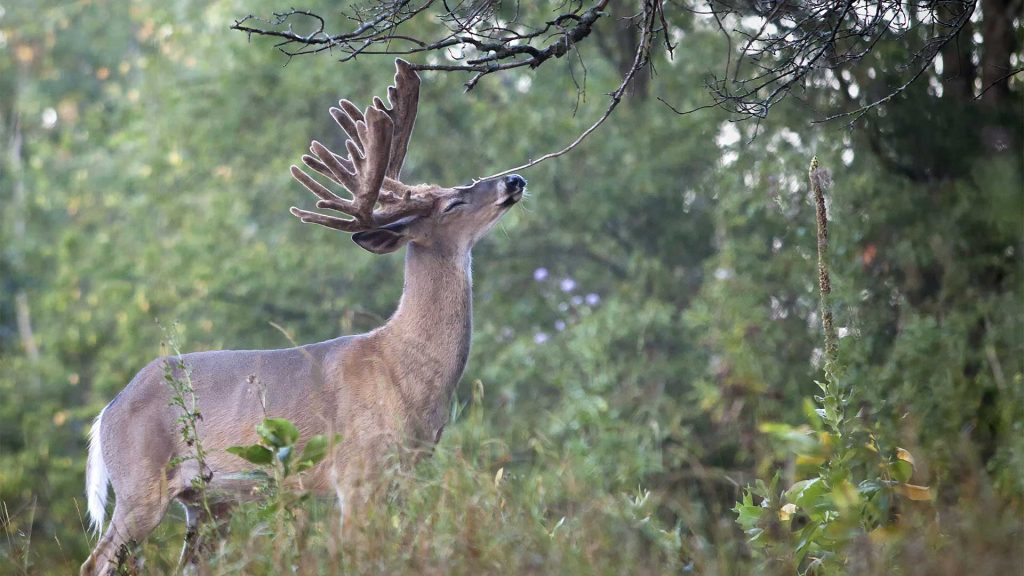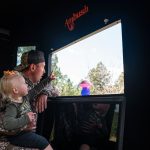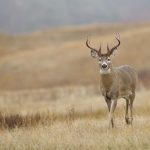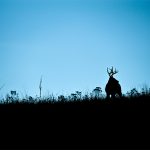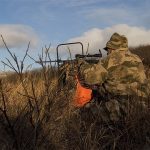Make the Most of Your Summer – Things Hunters Do Before Deer Season
Wondering what to do before deer season arrives? The space between spring and fall hunting seasons can be a difficult jitter-fest as we wait out the upcoming deer hunting seasons. Sure, there are fishing trips, grilling parties at the beach, and plenty of fun summertime activities with our kids and families. But for the deer hunter, the mental wheels are already cranking in anticipation of season dates and a freezer full of venison.
Fortunately, there are plenty of things to be done in preparation for the upcoming deer seasons. Here are some ideas to make the most of your summer and put the odds in your favor when an antlered or antlerless deer steps into range.
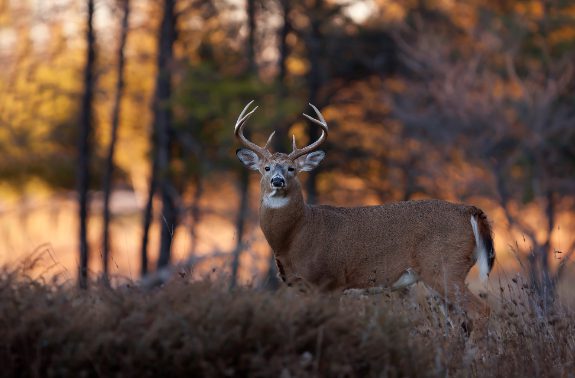 1. Scout and Prep Your Hunting Area Before Deer Season
1. Scout and Prep Your Hunting Area Before Deer Season
Deer hunters that put in the work upfront, are usually the ones that are the most successful. If you’re a public land hunter that regularly hunts a large area, it could take several years to really get to know your area well.
Sorting-out feeding and bedding areas, transition zones, escape routes, potential hidey holes and the way all those attributes are arranged on the landscape are vitally important. Think about areas on public land where other hunters will enter the field and push deer. You can potentially capitalize on these spots when deer move through them.
Here are some other very important attributes when pre-determining the most effective way of hunting a spot.
Wind and Thermals
As part of your scouting, you’ll also want to consider the direction of prevailing winds and thermals. No matter how you hunt; whether it is with archery equipment or a .270 Winchester during firearm season, the wind will directly influence how you move.
For instance, if you’re hunting from a treestand or ground blind, do your best to estimate which direction deer will be coming from in relation to wind direction. Make sure the wind is blowing towards you and that the deer are coming from the same direction. In this scenario, a wind blowing from behind you would blow your scent to a deer that is coming from the front of your set-up. A mature buck will blow out of there without you even knowing he’s there. You may get lucky with younger or antlerless deer, but why tempt fate?
Also, wind direction will impact your egress and ingress to your ambush location. The same goes if you’re still-hunting or spot and stalking. Understanding how the wind behaves in an area is absolutely critical for mobile ground hunters. So, it’s helpful to have a rough idea of how it changes over the course of the day.
Carry a bottle of wind indicator with you and give it a squeeze periodically. You don’t have to wait until the day you’re stalking that monster buck. It’s great for making observations when you’re out scouting too.
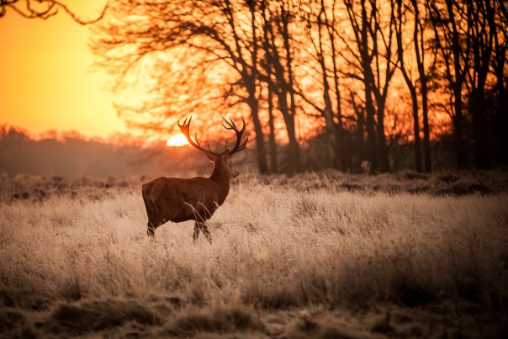 Pick a Spot for a Ground Blind or Tree Stand
Pick a Spot for a Ground Blind or Tree Stand
This is also the time to start determining possible locations for your ground blind or treestands. Take what you learned about the wind direction in your area and pick out good solid, uniform trees that allow you to safely hunt downwind of the direction you expect deer to come from.
Discount dead or questionable trees and lay out a route to and from your stand/blind location that will allow you to get in undetected.
If you already have previous stand locations, trim up branches on shooting lanes and do some general clean-up to improve shot clearance. This is especially important if hunting archery season because arrows can easily deflect off small twigs and branches.
Private Land or Public Land?
Decide whether you’re going to hunt public land, private land, or a mix of the two. You’ll want to decide this early so you can get to contacting landowners. Better to do this in the off-season, and well ahead of hunting season.
By now you’ve probably already applied for any special permits. This may factor into your decision as some special white-tailed deer hunts fall within areas that are largely private property.
Not only do you want time to talk with landowners, but you also want to be able to scout the area once you do gain permission. They can probably offer you valuable insight too if they actually live on the property.
If you have a chunk of land that sees deer activity, start a food plot. Sure, you can just grow fall food plots, but if you plant a 1/2 acre to 2-acre mix that lasts through all seasons, you’ll potentially keep deer there year-round.
2. Research New Areas
It’s always a good idea to have a backup plan. Two or three backup plans are even better! We all have those spots that maybe we discovered at the end of a previous hunting trip, but never got to give the area a fair shake. They’ve just been sitting there festering and burning in the back of our minds. Now’s a good time to check those out.
Make a trip out to scout and throw up some cameras to get an idea of deer numbers. One of these spots could very well end up being next season’s honey hole.
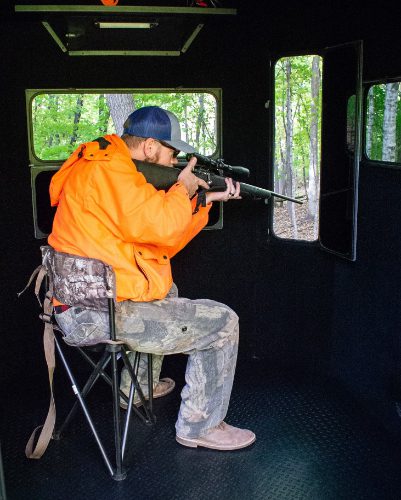 3. Fine-Tune Your Weapon and Re-Stock Gear
3. Fine-Tune Your Weapon and Re-Stock Gear
You must have a sighted-in and proven weapon whether you are hunting muzzleloader season, archery season, or firearm season. Make sure rifles and smoke poles are field stripped and cleaned. If your rifle is semi-auto or bolt-action, verify that it is cycling well. Also, check that your scope rings are tight. Your rifle scope may get bumped in transit, but once you get to camp, you’re going to double-check it anyway. Zero your firearm for the terrain you’ll be hunting in – 100 yards is a solid choice.
Bowhunters also need to make sure their archery equipment is in good working order. Give the screws on all accessories a once-over and tighten any that are loose or backing out. Replace strings that are past their prime or show signs of heavy wear and make sure your peep site is tied in well.
If you don’t have a tool-less adjustable bow sight, make sure adjustment points including sight pins are tight. Sharpen broadheads or replace blades and check arrows for cracks and damage. Don’t forget to check and sight-in your pins if needed.
Along with checking over your weapon, make sure you are practicing regularly with it!
You’ll also want to take inventory and refresh your hunting/camping gear. Things like game bags, blades for your Havalon, ammo, and extra broadheads. Make sure you have your deer permits and licenses for the current license year – and do so before opening day.
Indeed, there are plenty of things for hunters to do before deer season! Spend some time taking care of these things this summer and you’ll be better prepared for deer season. You’ll experience less stress come opening day while also increasing your chances of success. Good luck out there!

